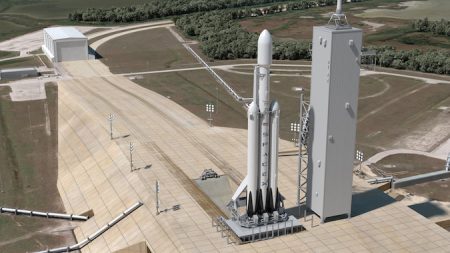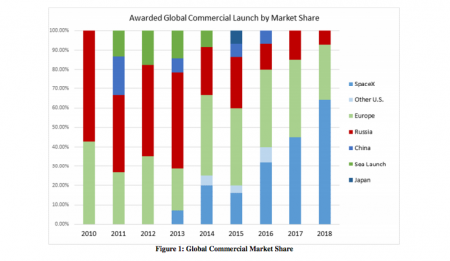July 19, 2017 – In case you missed it, from June 23rd to July 5th of this year, SpaceX, Elon Musk’s private rocket company, successfully put 12 satellites into space, two in geostationary and the remaining in low-Earth orbit. Three Falcon9 launches accomplished the task. Two first stage boosters successfully returned to Earth. The third, because of the extra fuel needed to get the payload into position, was left to burn up in the atmosphere.
The last time I remember two launches in close proximity from a single vendor was during the heyday of NASA’s Gemini program. Two separate launches come to mind. The first was the missions of Gemini VII and VIa, launched 11 days apart in December of 1965. The second was the subsequent mission of Gemini VIII and an Agena Target Vehicle both launched the same morning in March of 1966. Gemini was NASA’s intermediate step in its race to beat the Soviet Union to the Moon. Massive resources and money were poured into these missions. Since then no single spaceflight vendor has attempted multiple launches in close proximity, that is, until now.
What SpaceX has accomplished was described in the last week by Jay Bennett, in Popular Mechanics, as “clawing its way up the launch vehicle food chain.” Just how so?
SpaceX has won launch contracts not just with private companies, but also with the United States and other governments, and in upcoming launches with the United States Department of Defense. Its perceived competition, the ULA, a joint venture of Boeing and Lockheed-Martin, two of America’s largest military contractors, is being left in the dust largely because SpaceX has demonstrated repeatedly that it can put rockets into space reliably and recover a portion of them, driving down launch costs.
At a Congressional Subcommittee meeting recently Tim Huges, Senior Vice President at SpaceX, he presented a chart (seen below) that illustrates SpaceX growing market share of commercial launches. Its meteoric rise is evident in the blue coloured segments of the bars appearing in the years 2016 and 17 with projections based on current contracts through 2018. SpaceX, according to the chart will surpass more than 40% of all launches this year, and better than 60% of those projected for 2018.
Who are the losers other than ULA?
Russia and Europe principally.
What SpaceX has reversed is the decline in market share of American global launches. This market once dominated by the United States launched no satellites from domestic sources in 2011. Now SpaceX is on pace to achieve 18 missions this year, not including the first launch of its Falcon Heavy Launch System which will become the most powerful rocket on the planet.

















